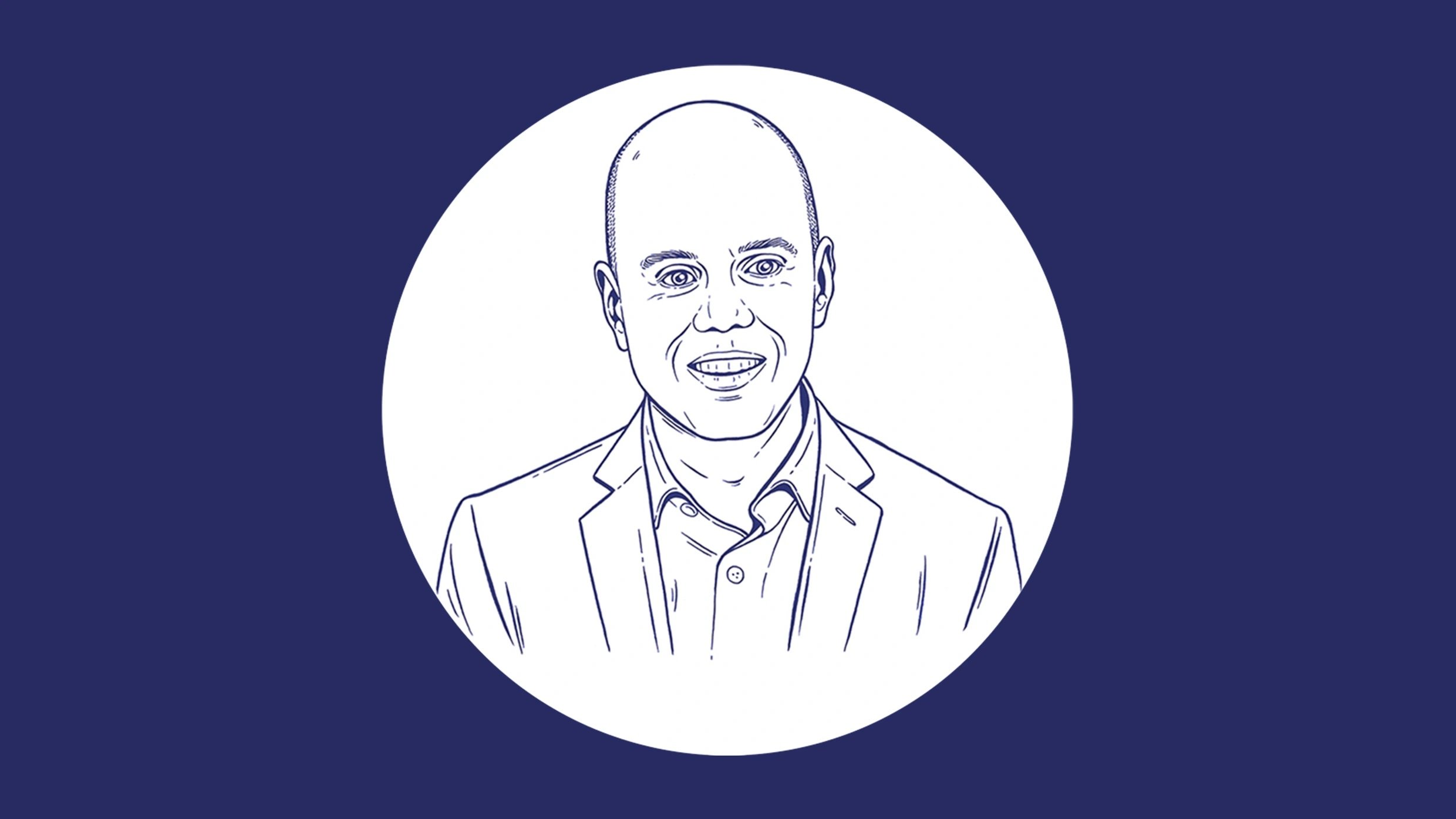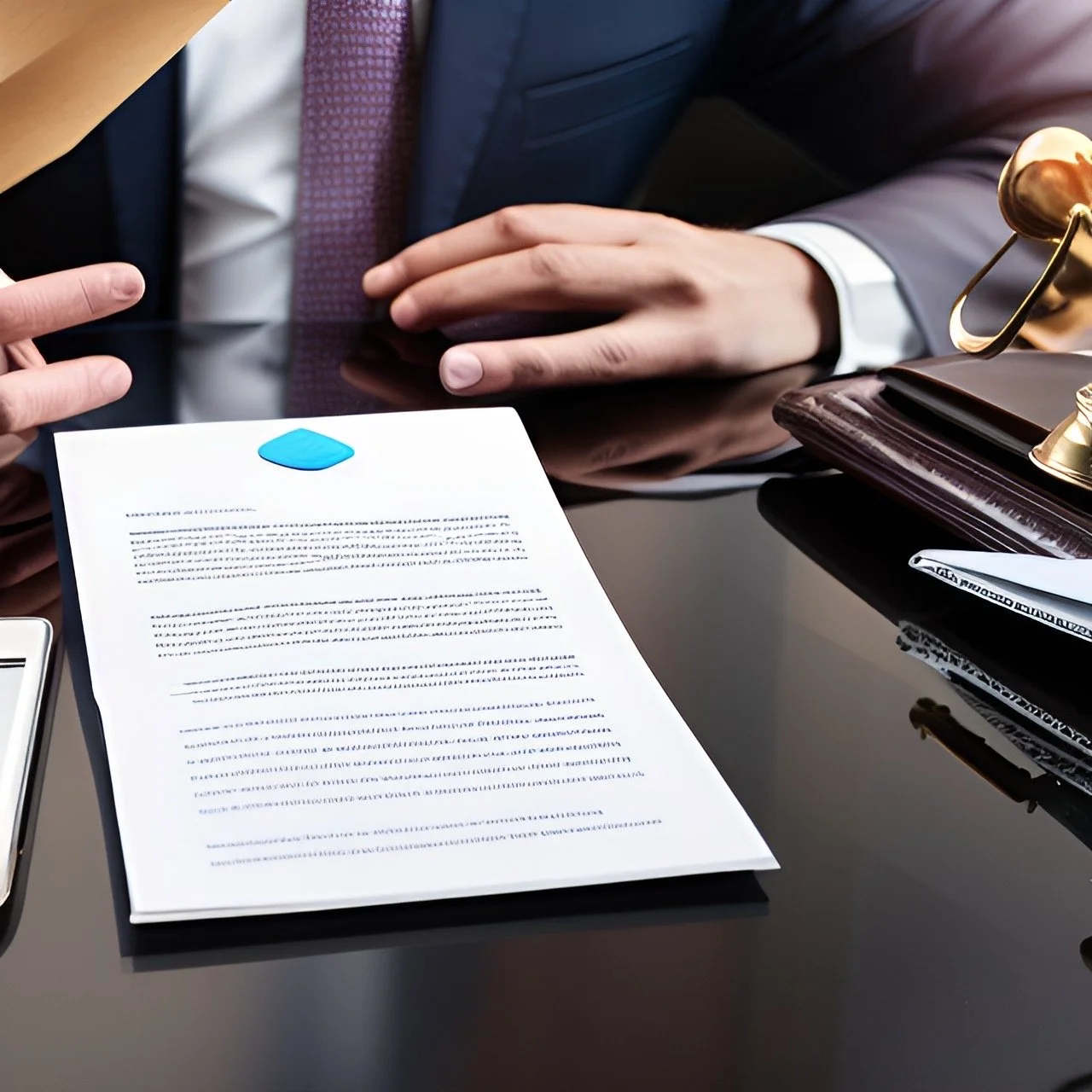A black candle with a wild flame burns surrounded by smoke and a dark desolate background.
As we near the end of Disability Pride Month, I find myself reflecting on the journey we've embarked on together. Nearly every day, I've shared stories, raised awareness, and spotlighted the diverse aspects of disability life. The response has been overwhelming, and I'm deeply grateful for each one of you who has engaged with my posts, learned something new, or found solace in shared experiences.
But today, I want to shed light on a seldom-discussed aspect of disability advocacy: the exhaustion. The reality is, advocacy doesn't pause when the calendar flips or the spotlight dims. We advocate every day, not because we crave attention or conflict, but because we must. We strive to live in a world where our advocacy is no longer necessary, where disability discourse is so normalized that it doesn't require amplification.
There are days when the weight of this work feels unbearable. Days when I wish I could "just live my life," as some well-meaning yet misguided individuals have suggested. But here's the thing: I advocate so that I can do exactly that. So that we all can.
We yearn for a future where months like Disability Pride or National Disability Employment Awareness Month are no longer needed because people with disabilities are treated as equals. We yearn for a future where we don't have to justify our existence or fight for our rights. We yearn for a future where we can just live our lives.
Today, I'm not spotlighting a specific issue or cause. Instead, I'm offering a behind-the-scenes look at the toll advocacy takes. It's rewarding, yes, but it's also physically, mentally, and emotionally draining. And I promise you, your disabled friends are feeling it too.
We can't wait for the day when our advocacy puts itself out of business, as my entrepreneurial father Craig Honick once said. But until then, we need you. We need our allies to step up, to share the load, to amplify our voices. We are tired, but we are not defeated. And with your help, we can build a world where disability advocacy is a chapter in history books, not a daily fight.
Thank you for being part of this journey. Let's keep the conversation going, not just this month, but every day.









